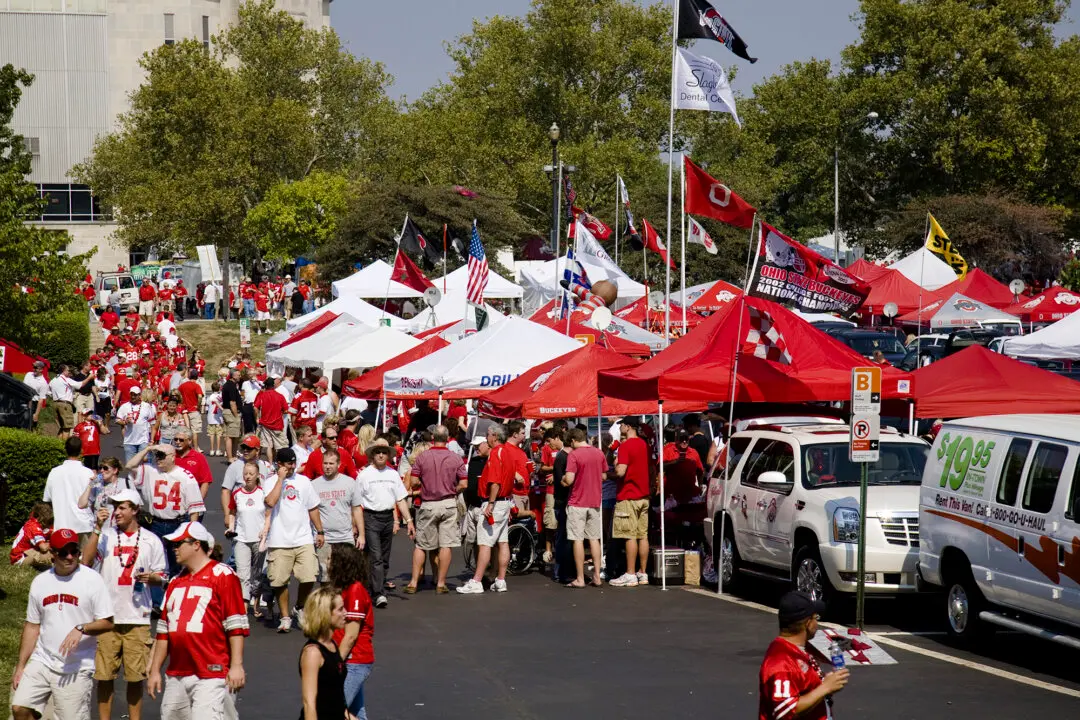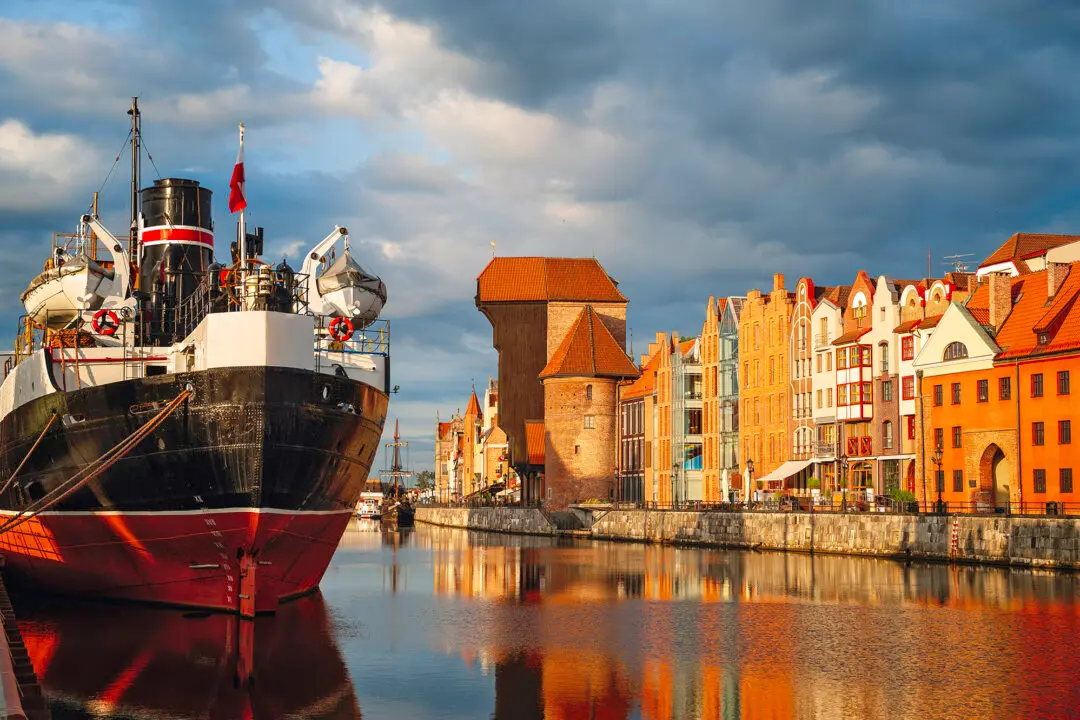Even behind the wheel of my rental car, I could feel the excitement building outside. Exiting the Interstate and proceeding down a main thoroughfare, the traffic thickened. Turning in a small neighborhood of homes, all of a sudden I was surrounded by small souvenir and food stands, set up temporarily just for the day. Local residents waved flags, inviting anyone with a car and 30 bucks to park in their driveway.
Finding a spot on a quiet, tucked-away street, I proceeded on foot, joining the throngs of fans on the road and sidewalks. Everywhere I looked, people were tailgating, grilling burgers, tossing footballs back and forth, and playing lazy games of corn hole while downing frosty beers. Everyone was headed in the same direction, toward a modern Colosseum looming huge on the horizon. In a large field just outside, smiling people soaked up the sun on this perfect January day while they enjoyed a fan festival at the Citrus Bowl here in Orlando.





